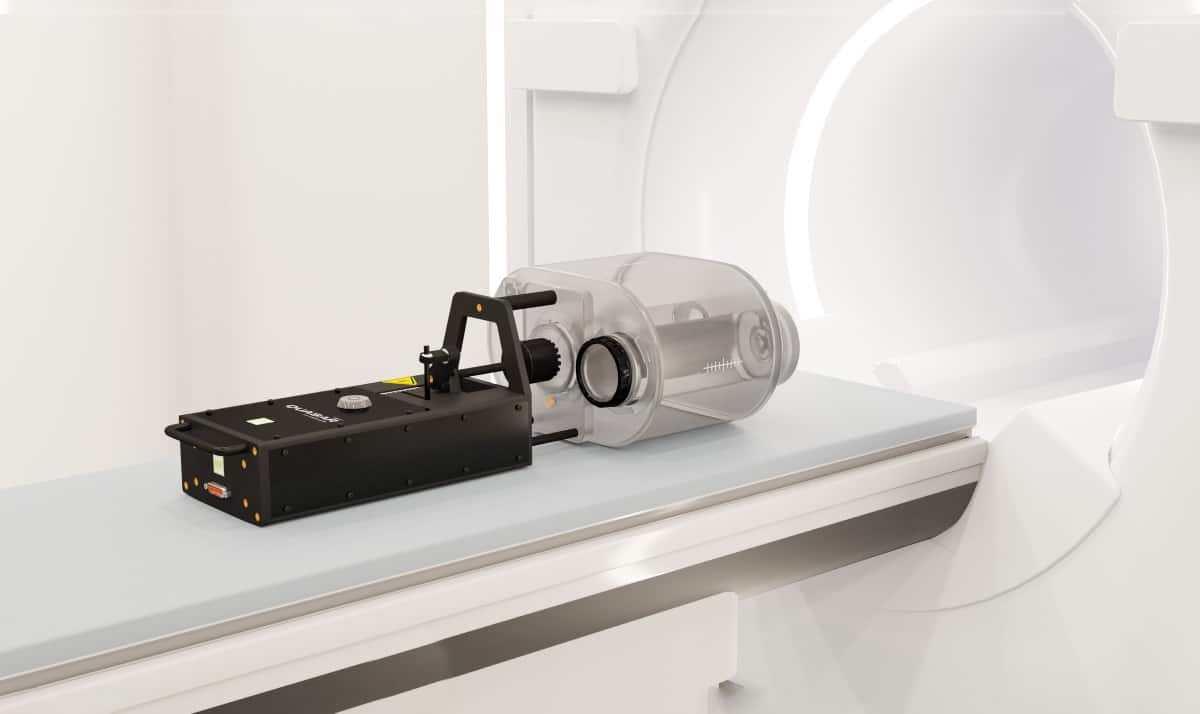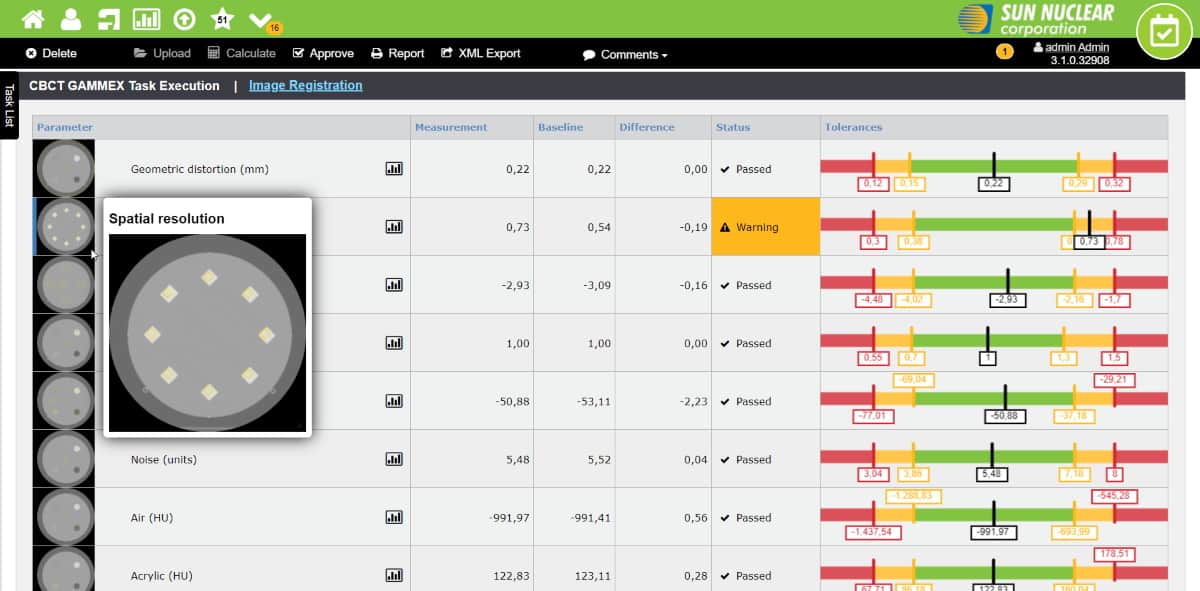The annual congress of the European Society for Radiation Oncology, taking place on 27–31 August, will enable delegates to participate in person or via an interactive digital platform

The organizers of ESTRO 2021 will once again welcome delegates to join its live conference in Madrid, Spain, while also offering full digital access to anyone unable to attend in person. Running from 27 to 31 August, the event will enable both onsite and online delegates to share knowledge, interact with speakers and other attendees, and learn about the latest technical innovations.
All registered attendees will be able to access the digital platform, which has been updated this year to enable greater interactivity and enhanced online participation. To be able to host the live conference, the venue capacity has been reduced by half to enable social distancing, with 2500 spaces available on a first come, first serve basis.
According to conference chair Ben Slotman, head of radiation oncology at AmsterdamUMC in the Netherlands, this year’s event aims to raise the visibility of submitted papers. Highlighted contributions will take place in a plenary setting, greater emphasis has been placed on the discussion of poster presentations, and the interdisciplinary track has been expanded compared with previous editions. “We want to provide the best possible congress experience under all circumstances, and to foster broad and continuous participation,” he comments in his welcome letter.
Both live and online delegates will have the opportunity to discuss the latest technical developments and methodologies with leading equipment vendors. The conference will host Europe’s largest industry exhibition in radiation oncology, while online attendees will have full access to three days of industry symposia. Some of the latest innovations are highlighted below.
Motion phantom boosts testing capabilities in MR-guided radiotherapy
The QUASAR MRI4D from Modus QA is an MR-safe motion phantom that has been designed to meet the advanced physics testing needs of adaptive MR-guided radiation therapy. The MRI4D makes it possible to develop, test and validate advanced 4D treatment delivery protocols on MR-guided machines.

Interchangeable inserts are available for imaging, planning, targeting, dosimetry and delivery quality assurance (QA). Software included with the phantom provides all the tools needed to create, import, edit and stream patient-specific respiratory waveforms.
Modus QA has worked with early adopters of both the Elekta Unity and ViewRay MRIdian to provide a range of testing capabilities. In a poster originally presented at MR in RT 2021, a collaboration between Modus QA, Elekta and researchers at UMC Utrecht in the Netherlands and Uppsala University Hospital in Sweden describe how the MRI4D was used in a prototype software platform designed to demonstrate the feasibility of real-time adaptive (RTA) treatments using both intensity-modulated and stereotactic radiation therapy. The prototype platform achieves full 3D motion modelling, deformable multileaf-collimator tracking and dose accumulation with low latency, enabling a full RTA treatment with instant QA.
Sun Nuclear highlights integrated and independent QA solutions
During ESTRO 2021 Sun Nuclear will present its solutions for integrated and independent quality management at its exhibitor booth and in a lunch symposium on 29 August (13:00 CEST, Room N107+108) that will feature three clinical presentations.
The first two speakers will describe the use of Sun Nuclear’s SunCHECK platform to streamline QA, detect errors, and standardize quality management among clinical users, sites and machines:
- Improving QA Effectiveness with an Integrated, Automated Platform Presenter: Nuria Jornet, Hospital de la Santa Creu i Sant Pau, Barcelona, Spain
- Clinical Experience of a Comprehensive and Automated Machine QA Platform Presenter: Greg Martin, Clatterbridge Cancer Centre, Liverpool, UK
With the latest release of the SunCHECK platform, users have even more options for customizing the tasks and templates for machine QA. The latest version also provides access to advances in patient QA for secondary dose calculations in photon, electron and brachytherapy plans.

The third presentation in the symposium will offer an insight into building a strong end-to-end stereotactic programme using SRS MapCHECK, Sun Nuclear’s film-less array for patient QA.
- End-to-End Testing for SRS/SBRT with a High Density Diode Array Presenter: Nestor Chinillach, Hospital IMED, Valencia, Spain
SRS MapCHECK now includes CyberKnife machine QA, making it the only device that offers both machine QA and patient QA on a CyberKnife.
To learn about these solutions and more, visit sunnuclear.com.
Online solution offers fast and accurate measurement of MR image distortion
New from CIRS is Distortion Check, a cloud-based solution that has been designed to quantify distortion in MR images quickly and automatically. Used in conjunction with CIRS MRI grid phantoms, the software offers a rapid solution for accurately measuring distortion throughout the entire image volume.

The software first detects all grid intersections, and then registers either a CAD or CT scan ground truth to each of these MR-detected control points. An interpolation is then used to generate the 3D distortion vector fields, with the density of control points optimized to bring interpolation close to linearity.
Results can be reported in a variety of output formats, including scatter plots, contour plots, and box and whisker plots for trending analysis, while DICOM overlays can also be imported to TPS or any other third-party software. The cloud-based solution can be accessed from any machine and with any operating system, enabling easy collaboration and review of results.
The software algorithms have been designed to work with any grid configuration. CIRS also exploits proprietary 3D printing techniques that enable grid phantoms to be easily modified to meet customer requirements.



